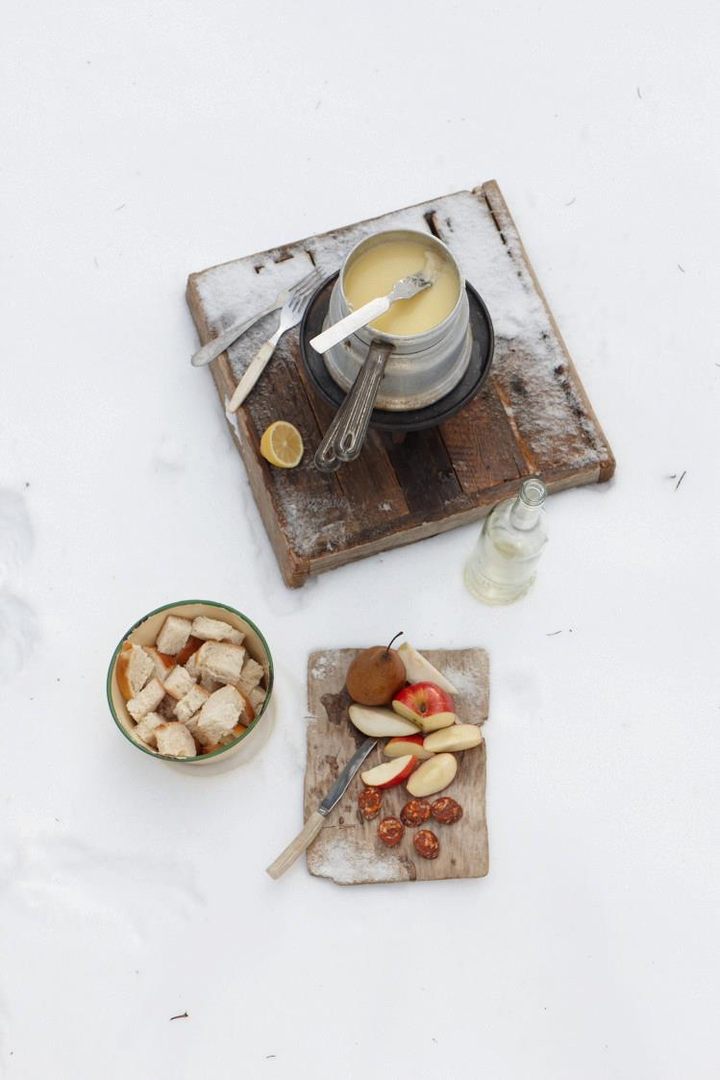

The Art of Eating Well in Antarctica
With resourcefulness and a little help from international neighbors, a volunteer crew thrived in the icy landscape.
In 1916, when a Chilean ship rescued a group of shipwrecked British explorers on a failed attempt at the first land crossing of Antarctica, the men were on the brink of starvation. They’d resorted to gathering limpets and seaweed to eat with stewed seal bones. By the time the Chilean crew gave them a full meal, the men’s stomachs had become so atrophied that many of them fell sick.
Antarctic cooking has come a long way since then; just ask Carol Devine and Wendy Trusler, the authors of The Antarctic Book of Cooking and Cleaning, a cookbook-memoir that recounts their Canadian–Russian cleanup expedition from 1995 to 1996, with a combination of recipes, journal entries, and photos. In the resourceful hands of Trusler, the team’s resident cook, Antarctica’s icy landscape became home to steaming honey oat bread and bubbling pots of cheese fondue. And from their Russian hosts and generous neighbors on the nearby Chilean, Chinese, and Uruguayan bases, she and Devine learned a thing or two about international cooperation—and how to make a mean pork dumpling.
During the Southern Hemisphere summer that spanned from 1995 to 1996, a motley crew of 57 volunteers—“including teachers, retirees, a judge, a music industry executive, two writers, a Dutch travel agent, and an amateur cartoonist”—arrived in small, rotating groups to clear nearly 30 years of garbage. As Devine writes, “In Antarctica, waste doesn’t decompose.”

The team was led by Devine, the founder of the Volunteer International Environmental Work (VIEW) foundation. Volunteers traveled by ship from the southern tip of South America to Antarctica’s King George Island, a 90-percent glacialized island that houses Russia’s Bellingshausen Station. The station’s researchers and crew were generous hosts, and became their friends.
To provide tasty fuel for weary volunteers, Devine hired Trusler, a visual artist and cook who had gained a reputation for culinary magic from her work feeding tree planters in Northern Canada. In a windowless room, Trusler built a kitchen with a stove on loan from the Canadian Arctic Program. There, she churned out meals from shipments of dry and canned goods, frozen meat, and fresh produce that she stored in a makeshift cold cellar. The results were delicious, including cinnamon buns, Ukrainian cabbage rolls, and frozen chocolate cream.
In 2012, almost 20 years after their austral summer, Devine and Trusler published The Antarctic Book of Cooking and Cleaning, drawing on recipes Trusler had studiously collected, as well as both women’s photos and journal entries. Gastro Obscura talked with Trusler and Devine about limited-resource cooking, international generosity, and why Antarctica is “more relevant than ever” today.
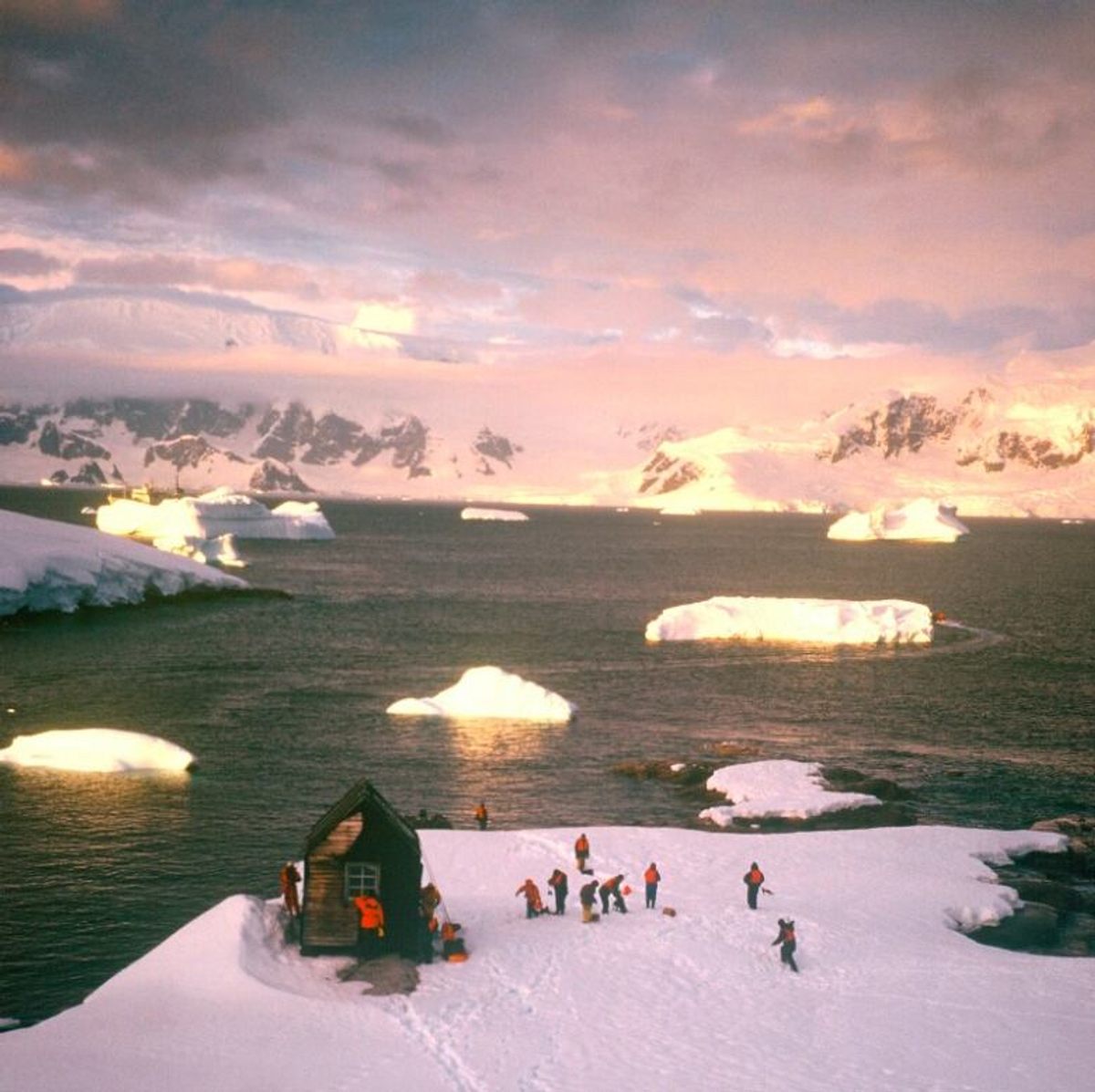
What were the biggest challenges you faced cooking in Antarctica? And what do you think you learned from them?
Wendy Trusler: We had everything delivered at one time, [so I had to] make sure I had provisions from December till March…So when all this food came in one shot, I was like, okay, what are we going to do with that? Fortunately [thanks to] the generosity of the Russians, I was able to use their freezer, which was like a 15-minute walk from where we set up our kitchen…Also there was a shed behind the building that I worked in. I had the guys clear out all the equipment and that became like cold storage. It turns out the Antarctic is the best place to set up a kitchen, at least at that time of year, because it hovered between maybe just under zero and plus five [degrees Celsius, or 32 and 41 degrees Fahrenheit]. So it was perfect for a cold cellar.
Carol Devine: The stove was always smoking…I was worried about health and safety. Is [Wendy] going to get lung damage from this? And the food had a smoke flavor.
WT: One of the [Russian] guys made this widget or something that stopped the flow of or regulated the gas flow so it was burning properly.
CD: MacGyver. MacGyvers everywhere.

In the past, explorers have struggled to survive in Antarctica. What was it that enabled you to eat so well?
CD: First, we recognize that we were privileged and things have changed in Antarctica. . . . But—and she probably won’t say this of herself—Wendy is incredibly resourceful and doesn’t waste. … I think the food and the recipes reflected resourcefulness, but also fun and play. We’d joke: There’s a bird, the skua. And the skuas steal food, and they’re a really nasty bird. Wendy would be like, “Okay, a ship’s coming. I’m going to go ‘skua’ us some alcohol and plunder.” She would be like, “We gotta grab opportunities!”
WT: [These skills] helped me during COVID. I prided myself at the beginning of COVID, where there were really long lineups for food outside of stores and things like that, and you wanted to limit the amount of time you were in the store, I shopped for a month or I could go for five weeks without having to go shopping [laughs]. I bought the live lettuce and I planted it in dirt and grew my own lettuce, and would just sort of plan turnover meals, which is something I did in Antarctica, too.
Both of you have mentioned how much food meant to people or how much it always can mean to people. So, in the particular context of Antarctica, the place you were staying, and the volunteer work, what did meal time mean to folks? Why was it important?
WT: We would get a different team every four to five days…we had a very short time to make a team coalesce and to make people feel comfortable. . . . I thought [mealtime] was an opportunity to make people come together. So one of the first meals I would do would be make-your-own something or other: make your own pizza, or we’d have fondue—something that was hands-on, that they needed to communicate with each other.

The book is filled with descriptions of your breaking bread with the staff of other bases on the island. Are there any moments that stick out to you in particular?
WT: [One time], the Chinese cook wanted to come and learn how to make bread. And it was interesting because it’s not really something that is part of their diet. And then I said, “I want to learn how to make Chinese dumplings.” And when I went over to that kitchen, it was so amazing. I was transported into China. They have this huge butcher block and it was this giant wok, set over this really interesting stove that I would never have worked with…I had a dinner in their very ornate dining room, which had silk screens and a mahogany table… I feel like what we did or what I did down there, going from base to base, rekindled my sense of wonder.
Have you been in touch with anyone who has used the book in sort of a limited-resource context since it was published?
CD: Several people have bought the book to give it to their friends who want to be a cook in a tree-planting camp. And then we know that friends have bought it for Antarctic cooks. We know the book has multiple uses. I’ve spoken to kids around the world about Antarctica. One of my favorite questions was, ‘can you order a pizza to Antarctica?’
I’m guessing the answer is no.
CD: The answer is no.

In the book, a volunteer describes Antarctica as a place with “many countries and no borders.” I was wondering if you could talk more about what you learned from that environment.
WT: What I love about remote sites anywhere is you’re forced to rely on one another… to remember what it is to be good to one another, what it is to be a good neighbor. Just because you’re so isolated and you have no one else that you can turn to other than who’s beside you. And I like to carry that with me in what I do now…The generosity and sharing with one another, being curious about one another, sharing your food, storing it well—all that sort of stuff that we cultivated down there can be cultivated anywhere by anyone.
CD: Antarctica, and even these bases, is a lesson in how at least rich and middle- income countries have to share resources, to use everything until its final day. Antarctica is more relevant than ever.
This interview has been edited and condensed.
Gastro Obscura covers the world’s most wondrous food and drink.
Sign up for our regular newsletter.
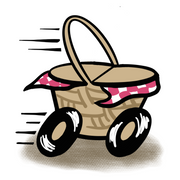
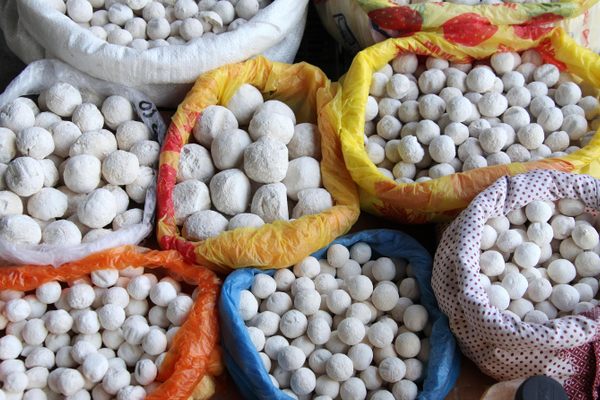
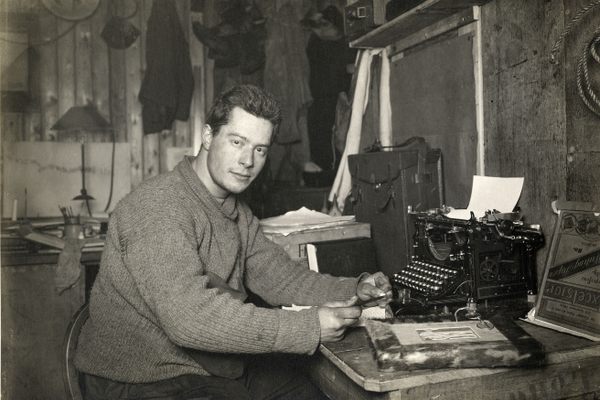
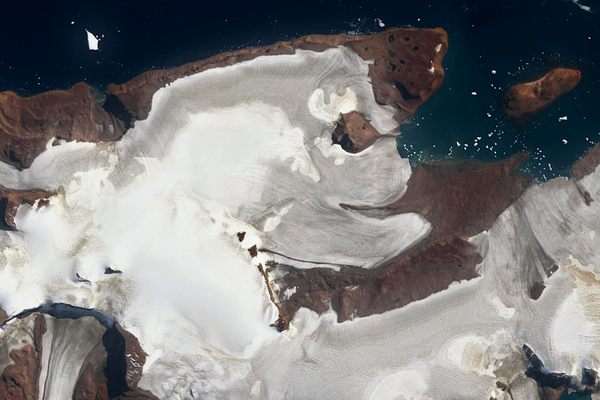
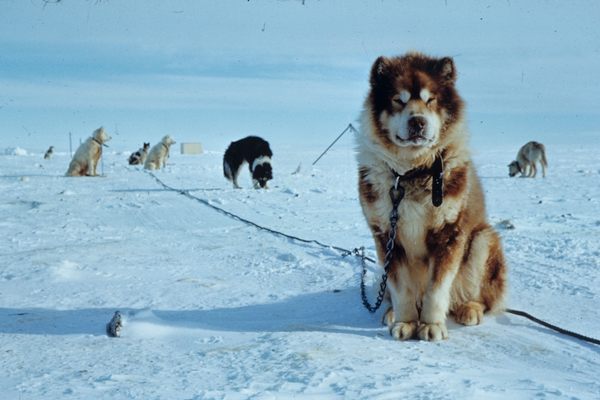








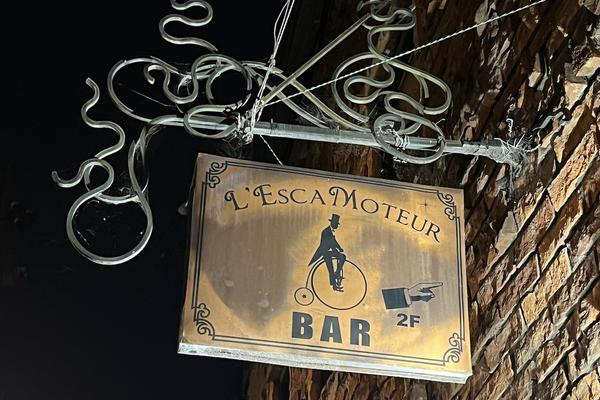


Follow us on Twitter to get the latest on the world's hidden wonders.
Like us on Facebook to get the latest on the world's hidden wonders.
Follow us on Twitter Like us on Facebook